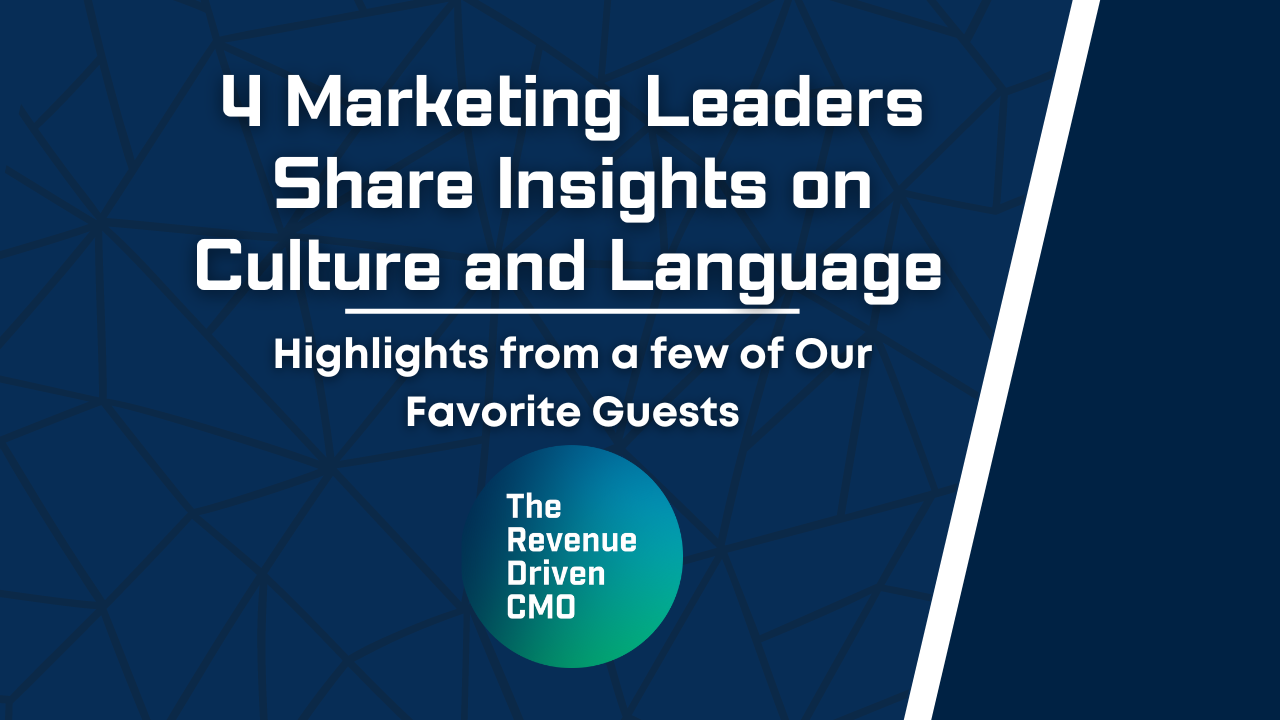
More Higher Ed Chief Marketing Officers Gather for a Virtual Roundtable
Welcome to another weekly virtual roundtable with WebMechanix! This time, we brought together a new cohort of three higher education CMOs for a discussion of COVID-19’s impact on their businesses:
- Kymm Martinez, CMO at the University of St. Thomas in Minnesota.
- James Gerontzos, Director of Marketing at SUNY Downstate Medical Center in Brooklyn.
- Julian Olivas, Director of Communications & Marketing for the Division of Enrollment Management at Texas Tech University.
Here are the highlights from our discussion:
- There’s a strong consensus that productivity has increased due to working from home, among these CMOs and their teams. This realization may translate into requests to continue working from home after COVID-19 subsides.
- The higher education space often requires a CMO to manage many moving parts, including different teams. One CMO’s university has about 10,000 students, eight different schools, and various teams to manage. Another has 40,000 students. And the third has clinical, academic, and research wings at his university.
- One CMO brought home study-abroad students quickly back and shifted all curriculum completely online when COVID-19 was spreading in Asia and Europe. Luckily, they had already set up a virtual foundation prior to COVID-19. Getting ahead of the curve and closing their schools abroad really helped them to dodge that bullet.
- This pandemic has pushed universities which were formerly reluctant to try digital education to now give it a go, for lack of any alternatives.
- Universities, especially state-funded ones, have limited marketing budgets during these times, which means they can’t capitalize on some opportunities. Even when an institution gets donations, they may have trouble managing everything when they have a lean team and no one who can devote their full time to donations.
- Since universities have limited budgets, they have to prioritize only the best digital advertising investments and pause any studies and market research. They’re mostly relying on free information to gauge the market: parents, students, colleagues, partners, and the news.
- Logistics are important, given how many students one has to manage. You have to pay attention to expenses and the uncertainty of whether people will feel comfortable attending school six months from now. One CMO’s president has already announced that they’ll be open for the next school year. They will offer a digital and in-person hybrid learning environment because they anticipate that this will be the most popular option.
- 360-degree virtual tours went all right, but webinar tours performed much better: Attendance was high, and parents asked lots of questions.
- One CMO is investing heavily in SEO strategy.
- Some institutions have already cut employee salaries. One school made cuts of up to 20%, starting with senior leadership. They’re trying to be proactive for the worst-case situation in the autumn in case attendance is low. Fortunately, they were in a good financial position before COVID hit.
- One university has found a surprisingly high engagement through Zoom. Students seem more open than in person when voicing their concerns and questions thanks to the chat feature. This behavior may be because some students are introverted and afraid to speak up in class.
- For one university, COVID-19 has hit close to home: Everyone knows physicians at the school who have died from the coronavirus through treating patients. Other nurses and physicians have continued to work at the university’s medical centers to oversee births and other emergency situations.
- It’s important to recognize teams that contribute to your COVID response effort—they’ll really appreciate it even if you don’t think they will. One CMO recognized a medical team that does coronavirus testing at their on-campus facility, and they were very grateful!
- A campus visit can be the deciding factor in convincing prospective students to enroll, so some institutions are concerned about canceling these events.
- Despite taking classes online, students are still thirsty for knowledge. One CMO took this as an opportunity to provide plenty of virtual resources to students.
- One CMO realized that they should’ve had a digital plan before COVID happened. Instead, they had to react. This crisis has forced every university to up their tech game.
- One university converted its entire recruiting roadshow to a virtual format. Instead of speaking to students in person, the team used webinars with breakout rooms based on what prospective students were interested in.
This roundtable discussion revealed some interesting thoughts on work-from-home productivity. All participants agreed that their workflows and communication have become more seamless in a remote work environment. Perhaps COVID-19 may prove to many organizations that WFH can be beneficial since there’s a stigma that it can be less productive than a traditional office setting.
Additionally, these CMOs not only learned new things from each other but also found the roundtable to be very therapeutic. These virtual discussions help in multiple ways, and we encourage you to try out the format for yourself!
Stay tuned for more roundtables!
Most newsletters suck...
So while we technically have to call this a daily newsletter so people know what it is, it's anything but.
You won't find any 'industry standards' or 'guru best practices' here - only the real stuff that actually moves the needle.






